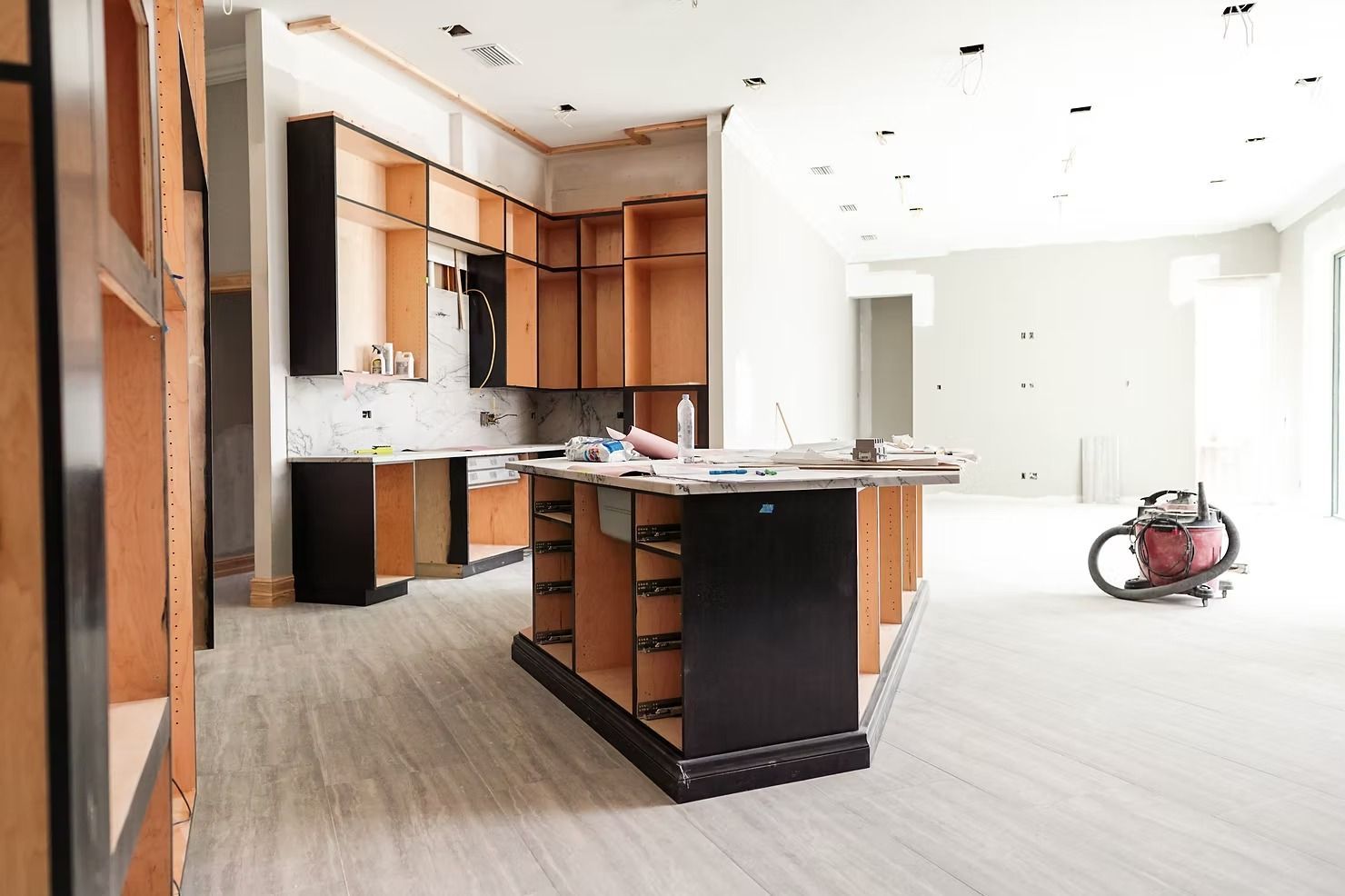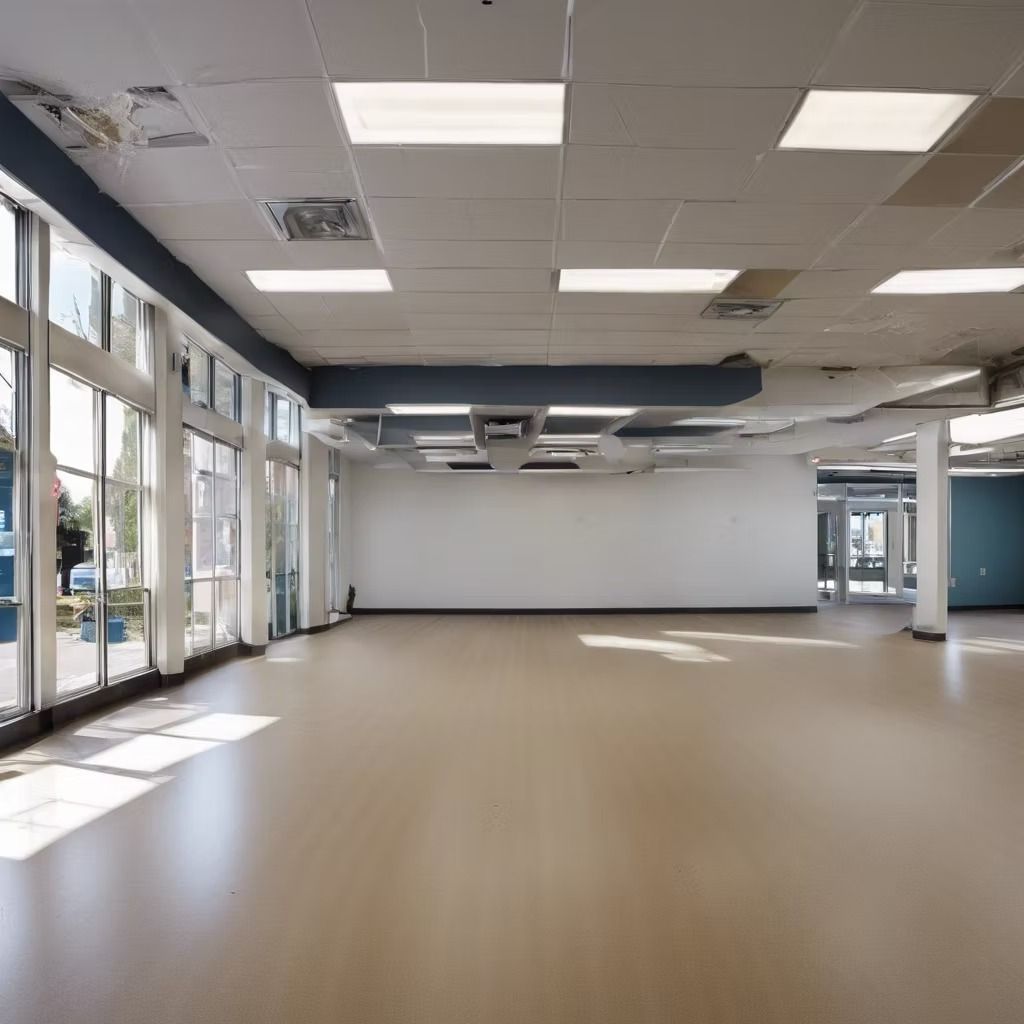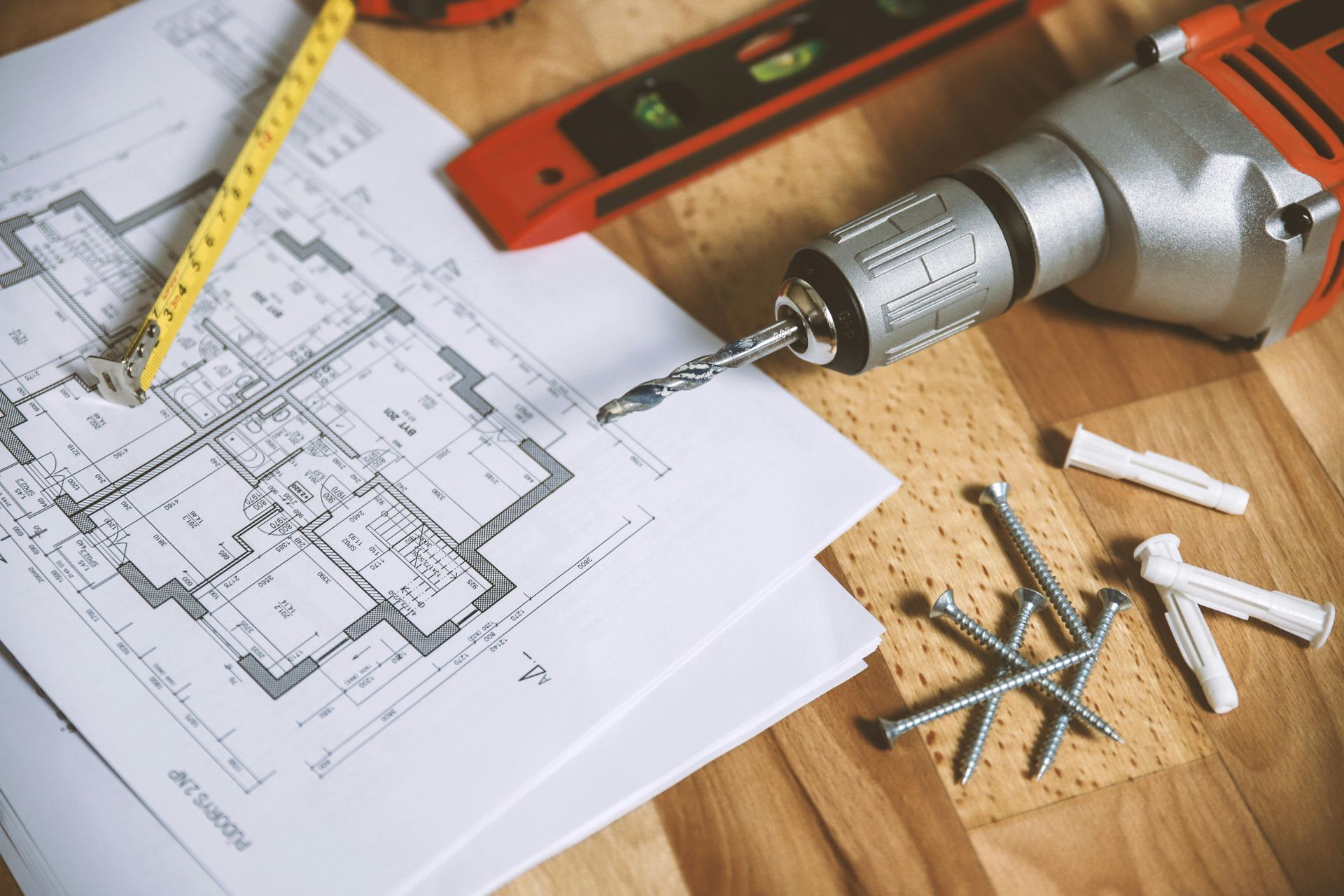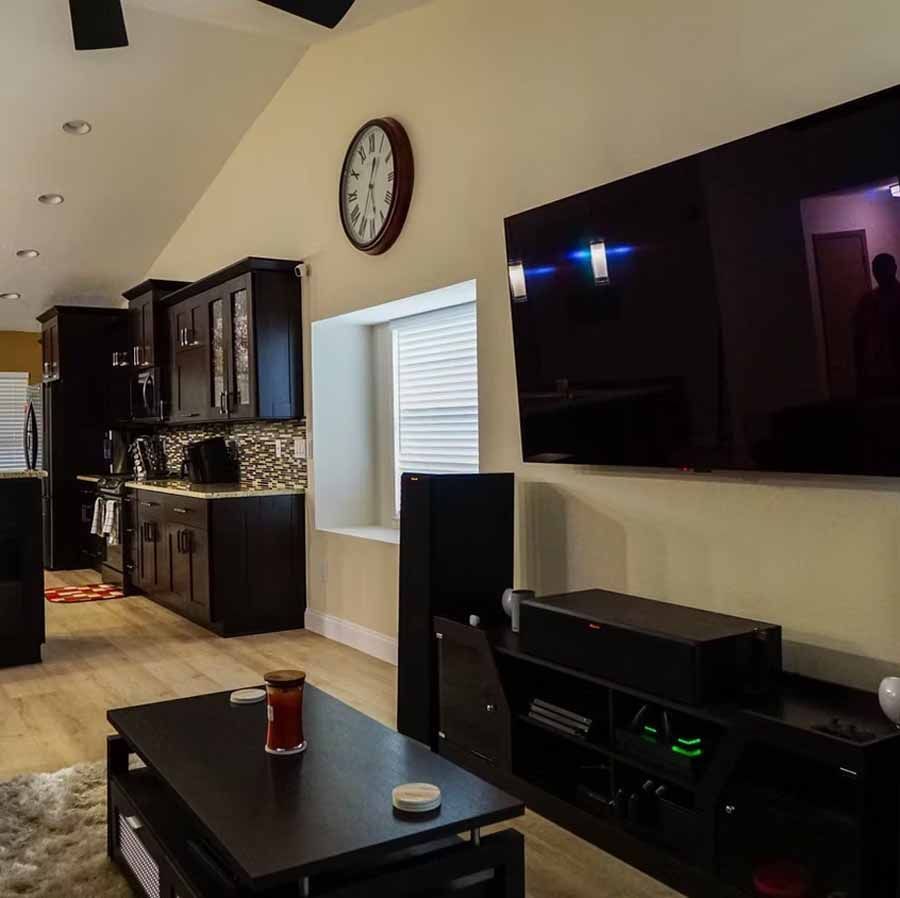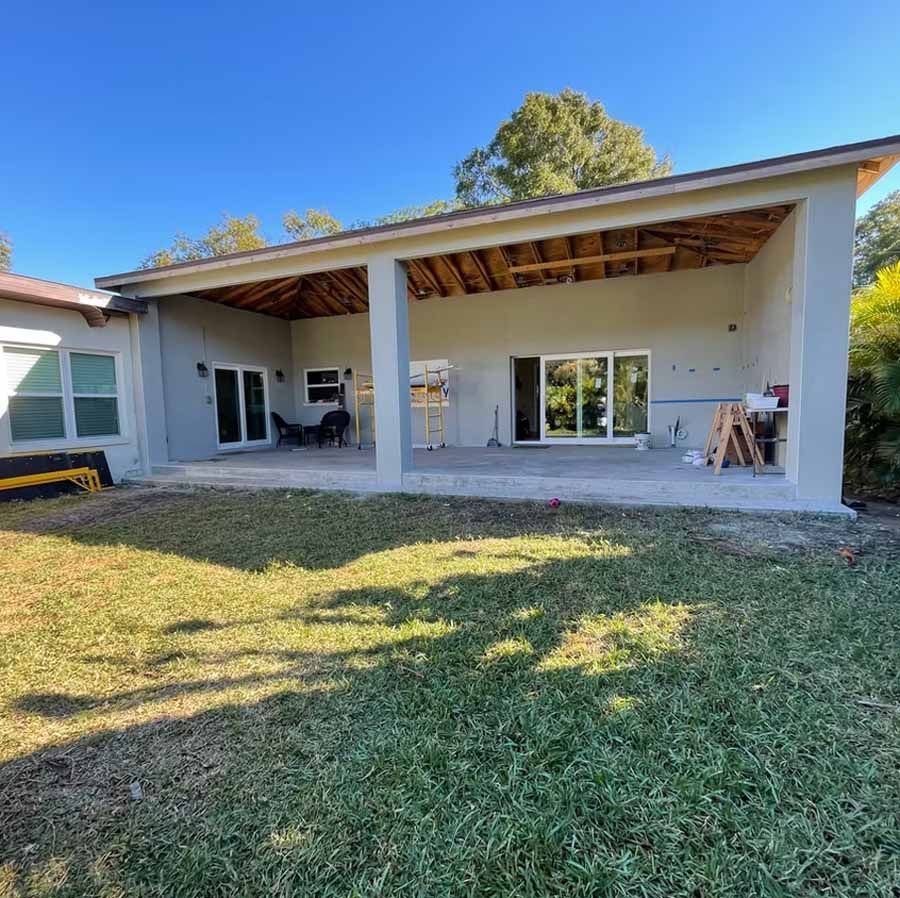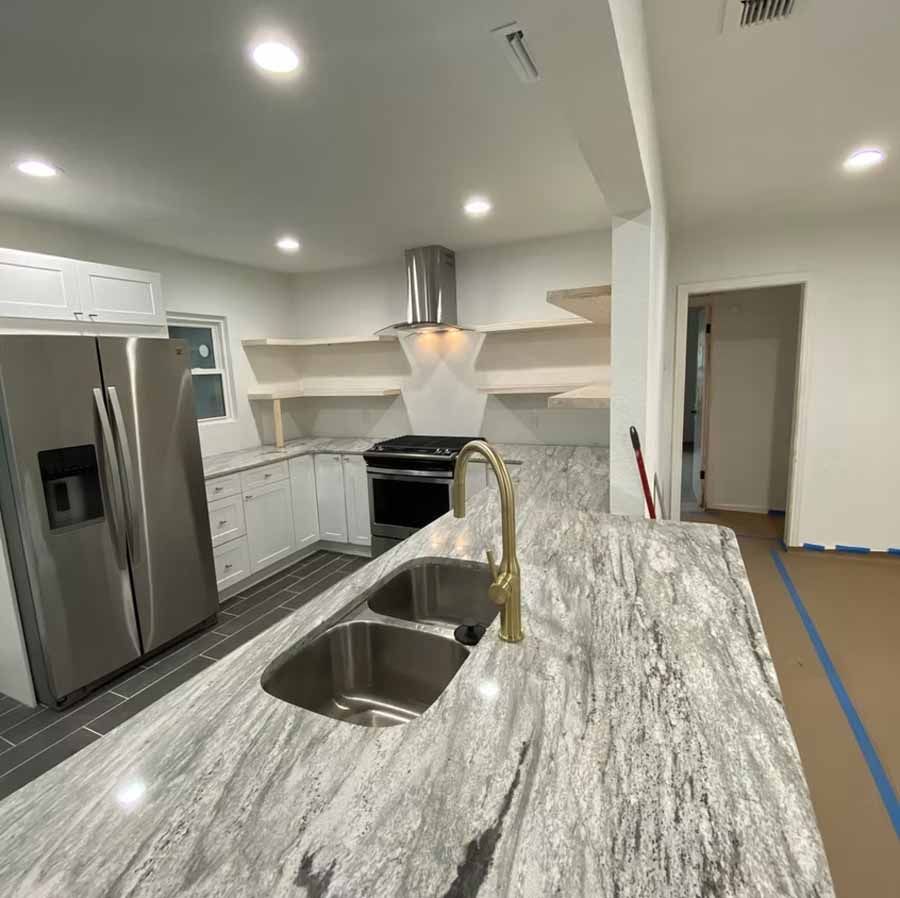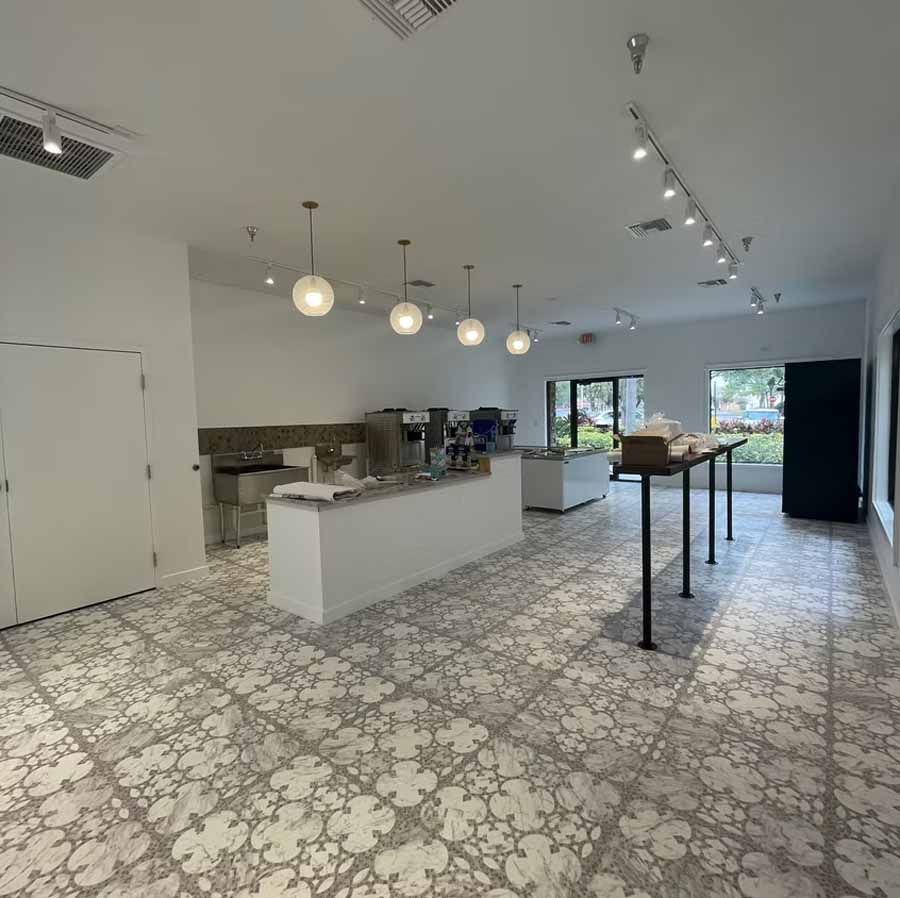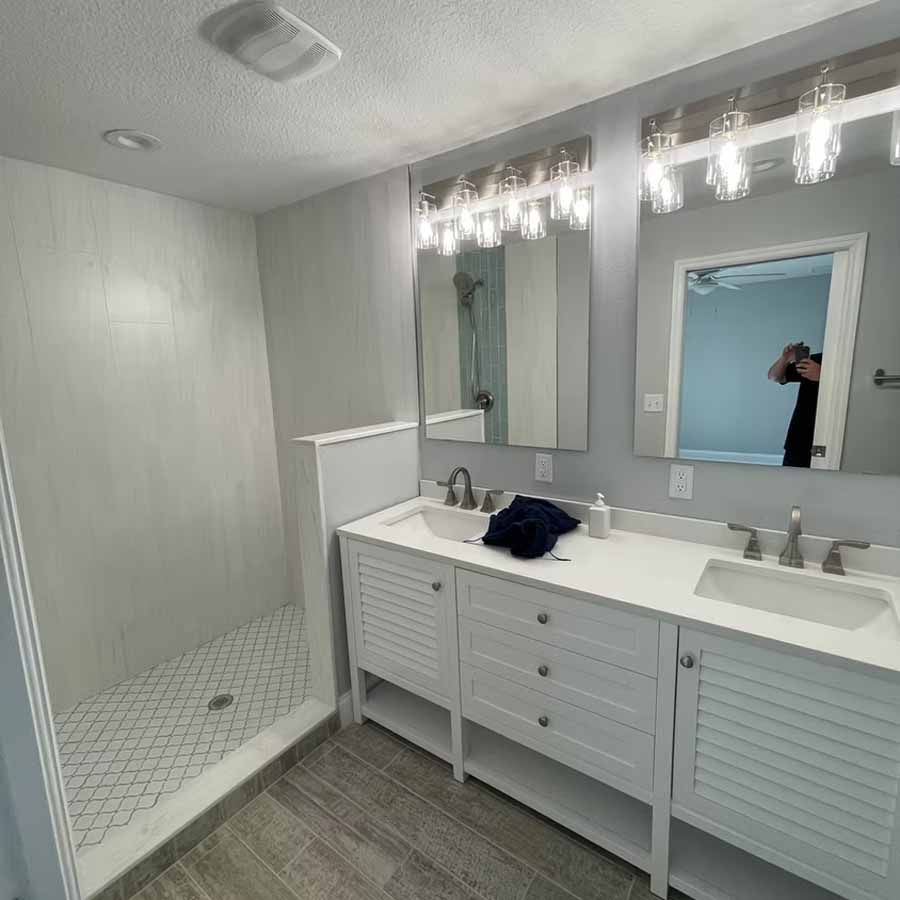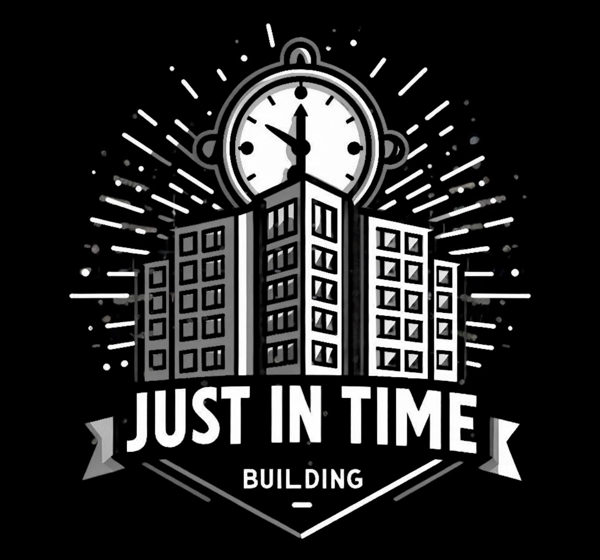Top Tips for Planning a Full Home Remodel in Tampa, FL
Are you thinking about giving your home a fresh new look? A full home remodel in Tampa, FL, could be just what you need to breathe new life into your living space. Whether you’re dreaming of an updated kitchen, a luxurious bathroom, or an open-concept living area, the benefits of a full home remodel can be tremendous. Let’s dive into why you should consider this transformative project.
First and foremost, a full home remodel can significantly increase your home's value. If you plan to sell your property in the future, a well-executed remodel can lead to a higher return on investment. Potential buyers are often willing to pay more for a home that feels modern and well-maintained. Think about it: who wouldn’t want a turn-key property where they can just move in without having to worry about renovations?
But even if you're not selling anytime soon, enhancing your living space can make your home feel more enjoyable every day. Imagine waking up in a beautifully designed master suite or hosting friends and family in a modern kitchen that you love. Remodeling gives you the opportunity to customize your home according to your tastes and needs. Whether you're looking to add more storage, improve energy efficiency, or create more social spaces, a full remodel allows you to make those changes that will enhance your daily life.
One of the most exciting aspects of a full home remodel is that it can improve your home’s functionality. Are you tired of the cramped layout in your living room? Or perhaps your kitchen feels more like a cluttered workspace than a culinary haven? A remodel provides the chance to reconfigure spaces, making your home not just aesthetically pleasing, but also a functional haven where you can thrive.
Another fabulous benefit is the modern safety and efficiency upgrades that come with a remodel. Older homes often have outdated electrical systems, inefficient heating and cooling, and even plumbing issues that can lead to costly repairs down the line. By renovating your home, you can address these concerns head-on, ensuring your residence is safe and compliant with modern standards. Plus, new appliances and fixtures can lead to significant energy savings.
Feeling overwhelmed by the idea of a full home remodel? That’s completely normal! However, working with a skilled contractor who understands the local Tampa market can guide you through the process seamlessly. They can help you choose materials, manage timelines, and keep your project on budget. Communication is key, and the right professional will make sure you’re involved every step of the way.
Don't forget the emotional benefits! A remodel can be a therapeutic experience. It offers a chance for you to express your creativity, your personality, and ultimately, your style. Watching your vision come to life can be incredibly fulfilling, and becoming more invested in your home can lead to a newfound appreciation for your living space.
In summary, a full home remodel in Tampa, FL, is more than just a facelift; it’s a chance to elevate your lifestyle, boost your home’s value, improve functionality, and ensure safety for years to come. So why wait? Start dreaming about those beautiful spaces today while enjoying the process of turning your visions into reality!
